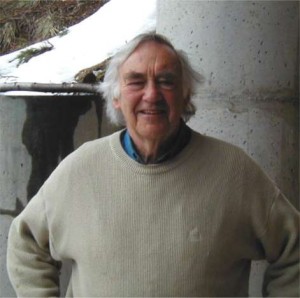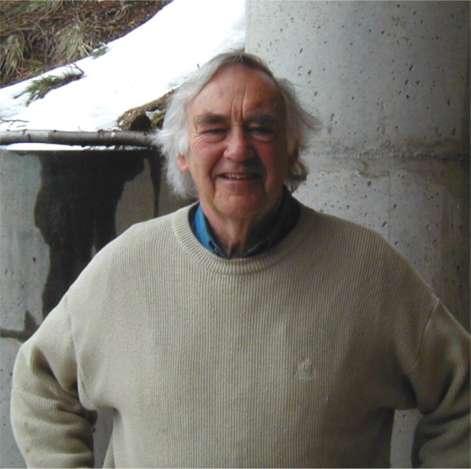 The oldest kids in the system when H. Ted Rubin was a Colorado juvenile judge are now 57 years old. But Rubin has never the left the field; he has been a researcher, advocate, and most notably, reporter and author since he left the bench in 1971.
The oldest kids in the system when H. Ted Rubin was a Colorado juvenile judge are now 57 years old. But Rubin has never the left the field; he has been a researcher, advocate, and most notably, reporter and author since he left the bench in 1971.
His sixth book, “Juvenile Justice: Policies, Practices, and Programs Volume II,” was just released by Civic Research Institute, for whom Rubin also serves as a regular contributor to the excellent Juvenile Justice Update.
The tome spoons out updates for readers on all aspects of juvenile justice from the front door of the system to deep-end placements, mixing citation of news and research with the author’s opinions on issues and trends. It is part reference and part editorial, a book only a guy with Rubin’s breadth of experience could write with credibility.
Youth Today sat down with Rubin, who was in Washington, D.C. for the annual conference of the John D. & Catherine T. MacArthur Foundation’s Models for Change initiative.
Youth Today: The first volume of “Policies Practices, and Programs” was written in 2003. What would say are the biggest changes to the juvenile justice landscape since you wrote it?
H. Ted Rubin: We’re in a really good time of making great progress when it comes to dealing with kids who break a law, or who cause problems at school. There’s a long way to go.”
There are two foundations, MacArthur and Casey, that have helped that along sizably.
YT: Is there any aspect in which you feel the field has regressed since your first volume?
HTR: The termination of people working with kids in the system and in private nonprofits. And where we’ve not made nearly enough headway is DMC [disproportionate minority contact]. That’s really a purpose of Casey and MacArthur. And it’s Congress that said states have to evaluate DMC and implement a plan.
YT: Do you view DMC as a reason to solve problems or a problem to solve?
HTR: “DMC is a separate thing. It’s not just a police function, but that’s some of it. [Columbia University researcher] Jeff Fagan talks about changing the reward structure of police so that they could be rewarded for steering a kid to the Boys & Girls Club. Right now, it’s making arrests. And the easiest arrests are minority youths, and schools further that.”
YT: David Simon (former journalist and creator of “The Wire”] spoke at the conference yesterday and argued that the justice system won’t get past its obsession with drug-related cases until “they can't find 12 Americans to put a 13th in jail”…in other words, jury nullification. Your thoughts?
HTR: I can’t see that happening for a long time. I was a judge from 1965 to 1971, at the end I was just beginning to see drug cases. Alcohol possession was a small fine, no probation involved. Glue-sniffing was a huge problem with Hispanic kids.”
YT: You rip the Office of Juvenile Justice and Delinquency Prevention a little in the book for not doing anything to push the delinquency guidelines the office helped create through funding to the National Council of Juvenile and Family Court Judges. What do you think OJJDP should do in relation to the NCJFCJ guidelines?
HTR: “They should fund a model court or two to adopt the guidelines and help them implement them. These were good guidelines, I have no idea why they didn’t do it.”
YT: You have a whole chapter on peer contagion. Is there a place at all for group homes in juvenile justice; is the peer contagion aspect of that setting too much to overcome a quality staff and program?
HTR: We should be going more toward one-on-one. But I do like the idea of work crews where court kids can take care of a park, and get money from city or county so they are able to pay off restitution. Payback, Inc. in St. Louis is one, they enable kids to do their restitution by working it off.
YT: If you could see one single change happen nationwide before you’re done working in juvenile justice, what would it be?
HTR: Progress on DMC. When you get a record, even an informal one, the next time it’s formal. So I just want lowering commitments of minority kids.
The above interview was published in Youth Today on Dec. 7, 2011
Photo: Juvenilelaw.net
